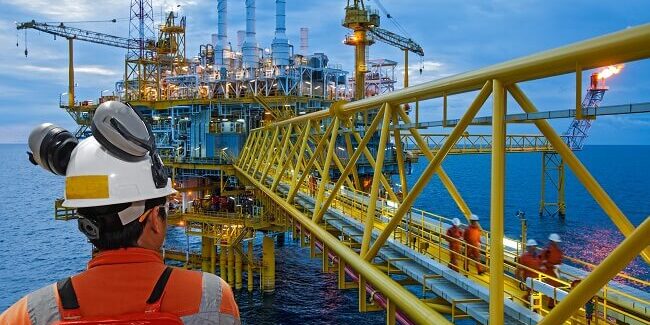Investments in Angola’s oil and gas sector are set to escalate in response to Europe’s bid to diversify its energy supply amidst the conflict in Ukraine.
The Economist Intelligence Unit’s (EIU) projections for Angola between 2024-2028, accessed by Lusa, foresee an upsurge in both oil and gas investments.
EIU analysts anticipate a surge in oil production fueled by government-driven reforms to attract fresh investments.
Public tenders slated for 2025, extending to the ‘onshore’ sector, are expected to pique the interest of Chinese firms.
These reforms, including revised rates and potential joint ventures between Sonangol and foreign entities, are poised to boost oil production to an estimated 1.4 million barrels per day by 2028, surpassing the 2023 projection of 1.1 million barrels per day.
Joint ventures with international companies are also slated to bolster natural gas output, captivating European nations seeking to diminish reliance on Russian gas.
A new gas consortium, spearheaded by Sonangol and Italy’s Eni alongside other partners, aims to commence offshore production of 4 billion cubic meters annually by 2026.
However, the EIU report underscores potential challenges in Angola’s energy sector, indicating delays in fuel subsidy removal until 2025 due to increased refining capacity.
By the end of 2026, the report suggests the government might entirely remove fuel subsidies, considering regional market price discrepancies.
The document also highlights slow economic diversification with the oil sector remaining a primary growth driver.
Privatizations, a key strategy, face hurdles like political reluctance, opacity, corruption, and regulatory barriers, potentially prolonging the privatization process for major assets such as Sonangol, Endiama, TAAG, and Unitel, included in the government’s privatization program until 2026.
Potential alternatives might involve strategic partnerships, operational rationalization, and management alterations while retaining substantial state control over the economy.
![]()




